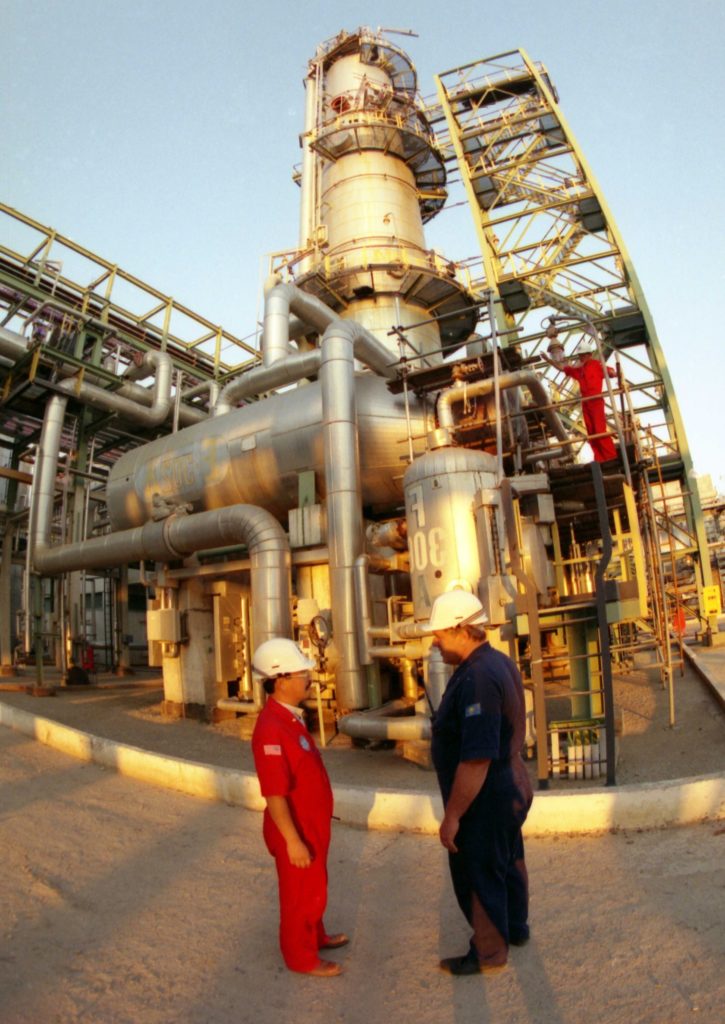In March alone, output was 7.3 million tonnes or 1.475 million barrels per day (bpd).
Output in March slightly exceeded Kazakhstan’s OPEC+ obligations, but the energy ministry said last week that deviation from commitments would be compensated for in the future, taking into account major repairs for large projects in the summer.
Nurlan Nogayev told the government meeting on Monday that major oil companies had also fulfilled their obligations regarding output.
He said that oil production at Tengiz stood at 6.7 million tonnes in January-March, at Kashagan – 3.7 million tonnes and at Karachaganak – 3.1 million tonnes.
The Tengiz field is operated by the Tengizchevroil consortium, led by U.S. oil group Chevron. It also includes U.S. ExxonMobil, Russia’s LUKOIL and Kazakhstan’s state energy firm KazMunayGaz.
The Kashagan operated by the North Caspian Operating Company, includes Eni, ExxonMobil , CNPC, Royal Dutch Shell, Total , Inpex and KazMunayGaz.
The Karachaganak gas condensate field in northwest Kazakhstan is jointly operated by Eni and Shell. Other shareholders in the project are KazMunayGaz, Chevron and Lukoil.
The Central Asian country exported 16.6 million tonnes of oil in the first quarter, Nogayev said.
Kazakhstan is set to increase oil output gradually from May under a fresh deal, that was agreed last month at a ministerial meeting of the OPEC+, a group of the Organisation of the Petroleum Exporting Countries (OPEC) and allied producers, including Kazakhstan.
OPEC+ had been cutting output by a little more than 7 million bpd to support prices and reduce oversupply, but members of the group agreed to ease cuts gradually by 350,000 bpd in May, another 350,000 bpd in June and around 450,000 bpd in July.
Kazakhstan is expected to produce 1.463 million bpd in May, 1.469 million bpd in June and 1.475 million bpd in July.

